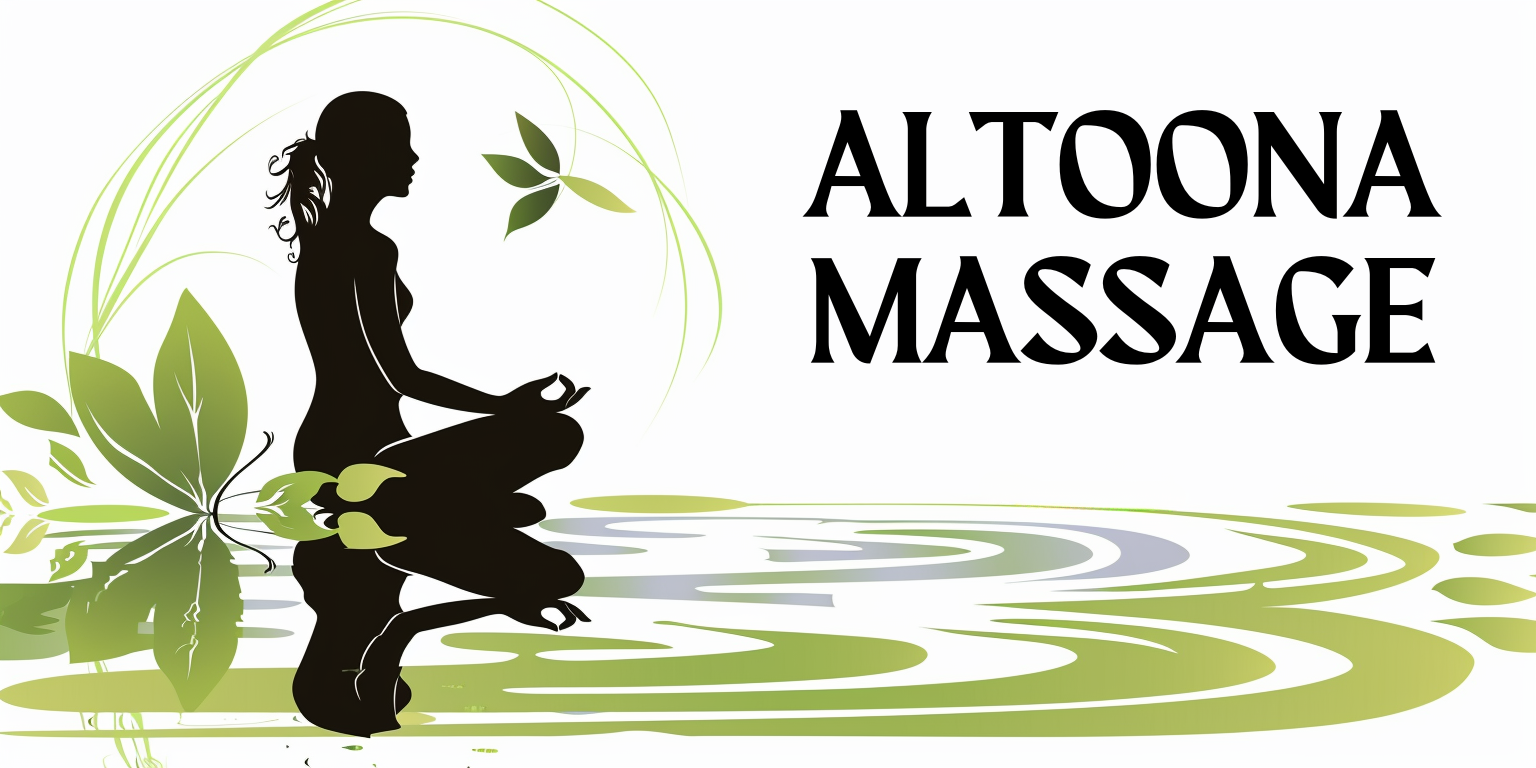Sciatica is a term that describes the pain radiating along the path of the sciatic nerve, which branches from your lower back through your hips and buttocks and down each leg. If you’ve ever experienced a sharp, shooting pain that travels down your leg, you may have encountered sciatica. This condition often arises from a herniated disk, bone spur, or narrowing of the spine (spinal stenosis) that compresses the nerve.
The discomfort can range from mild to debilitating, affecting your daily activities and overall quality of life. You might also notice that sciatica can manifest in various ways, including tingling, numbness, or muscle weakness in the affected leg. The pain may worsen when you sit, stand, or move in certain ways, making it essential to understand the underlying causes and symptoms.
Recognizing these signs early can help you seek appropriate treatment and prevent further complications. Understanding sciatica is the first step toward finding effective relief and regaining control over your body.
Key Takeaways
- Sciatica is a condition characterized by pain, numbness, or weakness that radiates along the sciatic nerve, which runs from the lower back down through the hips and buttocks and into each leg.
- Massage can help with sciatica by reducing muscle tension, improving blood flow, and releasing endorphins to help alleviate pain and discomfort.
- Types of massage for sciatica include deep tissue massage, trigger point therapy, and myofascial release, which target specific areas of tension and pain along the sciatic nerve.
- Benefits of massage for sciatica include pain relief, improved flexibility and range of motion, and reduced inflammation and muscle tension.
- When considering massage for sciatica, it’s important to consult with a healthcare provider to ensure it is safe and appropriate, and to find a qualified massage therapist with experience in treating sciatica.
How Massage Can Help with Sciatica
Massage therapy can be a powerful ally in managing sciatica symptoms. By applying pressure to specific areas of the body, massage can help alleviate tension in the muscles surrounding the sciatic nerve. This tension often contributes to the pain you experience, and by releasing it, you may find significant relief.
The soothing effects of massage can also promote relaxation, which is crucial when dealing with chronic pain conditions like sciatica. Moreover, massage can improve blood circulation in the affected areas, facilitating healing and reducing inflammation. When blood flow increases, nutrients and oxygen are delivered more efficiently to the tissues, promoting recovery.
You may find that regular massage sessions not only help with immediate pain relief but also contribute to long-term improvements in your condition. By incorporating massage into your routine, you can create a holistic approach to managing sciatica.
Types of Massage for Sciatica

There are several types of massage techniques that can be particularly beneficial for sciatica relief. One popular method is deep tissue massage, which focuses on realigning deeper layers of muscles and connective tissue. This technique can be especially effective if your sciatica is caused by muscle tension or spasms.
The therapist applies firm pressure to release tightness and knots in the muscles, which can alleviate pressure on the sciatic nerve. Another effective technique is trigger point therapy, which targets specific points in the muscles that are causing pain. By applying pressure to these trigger points, you can release tension and reduce pain radiating along the sciatic nerve.
Additionally, myofascial release is a gentle technique that focuses on relieving tension in the fascia—the connective tissue surrounding muscles. This method can help improve flexibility and reduce discomfort associated with sciatica. Exploring these various types of massage can help you find the most effective approach for your specific needs.
Benefits of Massage for Sciatica
The benefits of massage for sciatica extend beyond mere pain relief. One significant advantage is its ability to enhance mobility and flexibility. When you experience sciatica, you may find it challenging to move freely due to pain and stiffness.
Regular massage sessions can help loosen tight muscles and improve your range of motion, allowing you to engage in daily activities with greater ease. Additionally, massage therapy can have a positive impact on your mental well-being. Chronic pain can lead to feelings of frustration, anxiety, and depression.
The relaxation induced by massage can help reduce stress levels and promote a sense of calm. As you experience relief from physical discomfort, you may also notice an improvement in your mood and overall outlook on life. This holistic approach to treatment can be invaluable in managing both the physical and emotional aspects of sciatica.
Precautions and Considerations for Massage and Sciatica
While massage therapy can be beneficial for sciatica, it’s essential to approach it with caution. Before starting any massage treatment, consult with your healthcare provider to ensure it’s appropriate for your specific condition. They can help determine if there are any underlying issues that may contraindicate massage therapy or if certain techniques should be avoided.
Additionally, communicate openly with your massage therapist about your symptoms and any areas of discomfort. This information will allow them to tailor the session to your needs and avoid exacerbating your condition. If you experience increased pain during or after a massage, it’s crucial to inform your therapist immediately.
They may need to adjust their techniques or pressure levels to ensure your comfort and safety throughout the treatment process.
Finding a Qualified Massage Therapist for Sciatica

Finding a qualified massage therapist who understands sciatica is vital for effective treatment. Start by seeking recommendations from healthcare professionals or friends who have had positive experiences with massage therapy. Look for therapists who specialize in treating musculoskeletal issues or have experience working with clients suffering from sciatica.
When evaluating potential therapists, consider their credentials and training. A licensed massage therapist should have completed an accredited program and hold a valid license in your state or country. It’s also beneficial to inquire about their experience with specific techniques that may be helpful for sciatica relief, such as deep tissue or trigger point therapy.
A good therapist will take the time to listen to your concerns and develop a personalized treatment plan tailored to your needs.
Self-Massage Techniques for Sciatica Relief
In addition to professional massage therapy, self-massage techniques can provide immediate relief from sciatica symptoms. One effective method is using a tennis ball or foam roller to target tight muscles in your lower back and glutes. By placing the ball against a wall or on the floor and gently rolling over it, you can apply pressure to trigger points that may be contributing to your pain.
Another technique involves using your hands to apply pressure along the lower back and buttocks. You can use your fingers or palms to knead tight areas gently, focusing on any knots or tender spots you find. Incorporating these self-massage techniques into your daily routine can empower you to manage your symptoms more effectively between professional sessions.
Incorporating Massage into a Comprehensive Sciatica Treatment Plan
To achieve optimal results in managing sciatica, consider incorporating massage therapy into a comprehensive treatment plan that includes other modalities such as physical therapy, exercise, and lifestyle changes. Physical therapy can help strengthen the muscles supporting your spine and improve flexibility, while regular exercise promotes overall health and well-being. Additionally, adopting ergonomic practices at work and home can reduce strain on your back and prevent future flare-ups of sciatica symptoms.
By combining these approaches with regular massage therapy sessions, you create a holistic strategy that addresses both the physical and emotional aspects of living with sciatica. This comprehensive plan not only helps alleviate current symptoms but also empowers you to take control of your health and well-being moving forward. In conclusion, understanding sciatica is crucial for effectively managing its symptoms.
Massage therapy offers a range of benefits that can significantly improve your quality of life by alleviating pain, enhancing mobility, and promoting relaxation. By exploring different types of massage techniques and finding a qualified therapist, you can create a personalized approach that works best for you. Additionally, incorporating self-massage techniques and other treatment modalities into your routine will further enhance your ability to manage this challenging condition effectively.
FAQs
What is sciatica?
Sciatica is a condition characterized by pain that radiates along the path of the sciatic nerve, which branches from your lower back through your hips and buttocks and down each leg.
What are the common symptoms of sciatica?
Common symptoms of sciatica include pain in the lower back, buttocks, or leg that worsens when sitting, burning or tingling down the leg, weakness, numbness, or difficulty moving the leg or foot, and constant pain on one side of the buttocks.
Can massage help with sciatica?
Massage therapy can help relieve sciatic pain by reducing muscle tension and improving blood flow to the affected area. It can also help release endorphins, which act as natural painkillers.
What types of massage are beneficial for sciatica?
Deep tissue massage, trigger point therapy, and myofascial release are all types of massage that can be beneficial for relieving sciatic pain.
Are there any risks or contraindications to getting a massage for sciatica?
It’s important to consult with a healthcare professional before getting a massage for sciatica, especially if you have any underlying health conditions or if the sciatic pain is due to a more serious issue such as a herniated disc or spinal stenosis.
